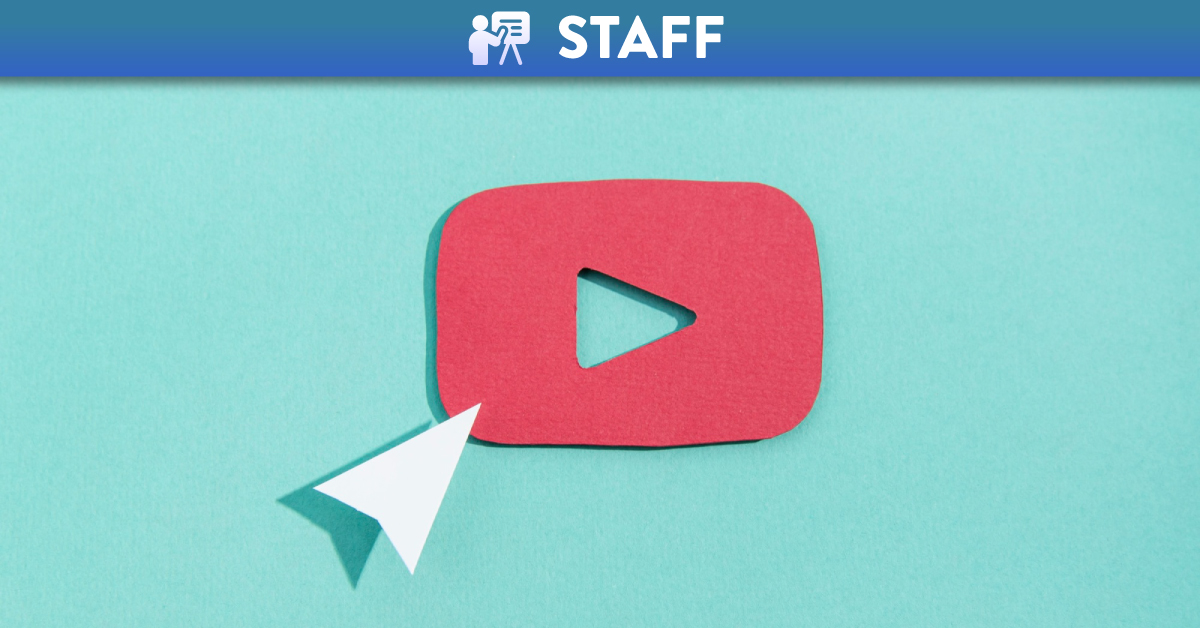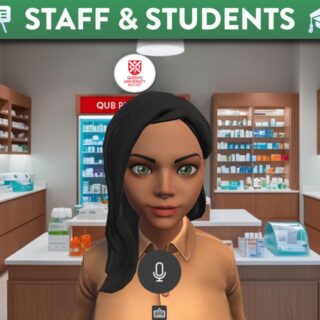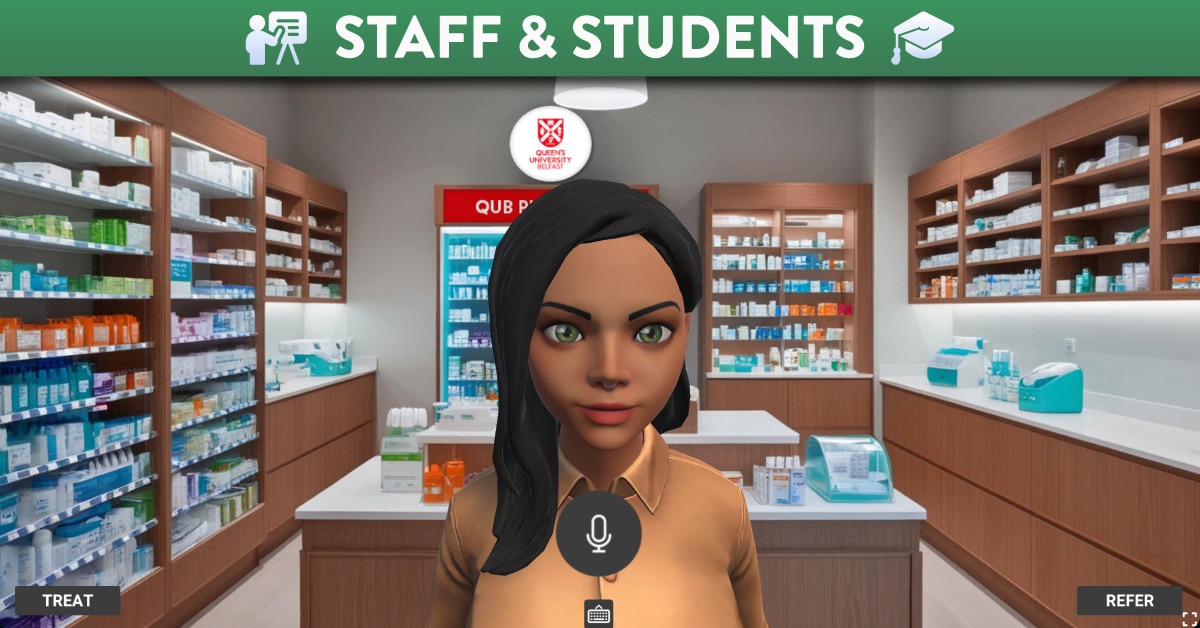
YouTube as an Effective Educational Resource
Educational videos have become an important part of higher education, providing a content-delivery tool in many flipped, blended, and online classes (Brame, 2016). If you are considering whether to use 3rd party YouTube videos for supplementing or extending on the knowledge gained from existing course materials, here is some information that may help you decide.
Pros and Cons of using YouTube in Education
Some pros and cons of using YouTube are listed below for your consideration. (BrandonGaille, 2021)
Pros
✅ Use YouTube as a supplemental resource: YouTube videos can be used in a classroom environment to supplement the key points an instructor is talking about. It may be a way to offer additional information, show a real-world example, or be a visual method of taking students through a step-by-step solution for problem-based learning.
✅ Extend the classroom into the home: Not every student is able to complete their studies or assignments on their own and some may lack additional or peer support. With YouTube, an instructor can provide various topical videos for reference so that the information can be thoroughly studied and retained.
✅ Students can re-watch YouTube videos as often as needed: In a classroom or lecture setting, a student may not feel comfortable to ask if the key point could be repeated. On YouTube, there are no limits and they can use this asynchronous resource at a time that suits their schedule and replay it as many times as needed. Students can also re-watch key videos for revision purposes in preparation for examinations.
✅ Use YouTube in the classroom, in Canvas courses or at home: Educators can use YouTube videos as an educational resource in class or upload helpful supplemental videos into Canvas courses for students. Both instructors and students can also access YouTube at home for teaching or learning purposes. As an open educational resource (OER,) YouTube can have significant gains such as avoiding the duplication of work for instructors by using content that is already available and can ensure copyright by crediting the original authors.
✅ YouTube as a resource library or network for instructors: Not every instructor has the ability or time to create and upload videos and sometimes there is just no point ‘reinventing the wheel.’ For instructors who teach the same topic or curriculum, YouTube can be used an extensive resource library for various subjects and it allows educators to connect with and support each other in a unique way.
Cons
❌ You need a good internet connection: There needs to be a good internet connection for YouTube videos to play smoothly and be effectively used in the classroom as a supplementary teaching resource or for students at home as a learning resource.
❌ Not every video is reliable: There are some videos on YouTube that are from questionable sources and content should be checked for accuracy and validity before it is used in the classroom. Educators may need to devote some ‘time’ to distinguish the authentic videos from the unreliable ones.
❌ Some videos play adverts: Some YouTube videos include advertisements that can be very lengthy and at times come without an option to skip them and some adverts may not be appropriate for the content being taught or the intended audience. Recently the platform has introduced ‘YouTube Premium’ (a paid subscription) that allows you to watch videos without ads and allows you to play videos offline.
Accessibility Top Tips
From an accessibility point of view, a benefit of using YouTube videos in your teaching or Canvas courses is that it will automatically generate ‘closed captions’ for 3rd party video content. There are specific requirements for audio only, video only (no audio content) and video with audio content, in regards to providing captions and transcripts for your students. Specific guidance is outlined in this blog post Making Video and Audio Media Accessible.

Some Top Tips when embedding a YouTube video (e.g. video with audio) into Canvas:
Provide an introductory sentence outlining what the video covers
Provide an indication of play time duration
If you are not the video creator, credit the author
Ensure closed captions are enabled or signposted for students
You can enable the YouTube app in your Canvas course so that it automatically appears as an option in the ‘tools’ menu within the rich content editor. This will give you ‘quick access’ to YouTube from within Canvas, allowing you to easily search and embed publicly available YouTube videos into your course. Embedded content will then be viewable to students in Canvas.
Copyright Considerations
Detailed information on Copyright, Creative Commons and Open Educational Resources is available in Module 2 of the ‘Connected Learning at Queen’s’ course as there are a number of elements to consider when it comes to the content you can use, share, or modify in an educational context.

References
- Brame C. J. (2016). Effective Educational Videos: Principles and Guidelines for Maximizing Student Learning from Video Content. CBE Life Sciences Education, Vol. 15, No, 4, pp. 6.
- BrandonGaille (2021). 11 Pros and Cons of YouTube in Education. [Accessed: 3rd December 2021]





